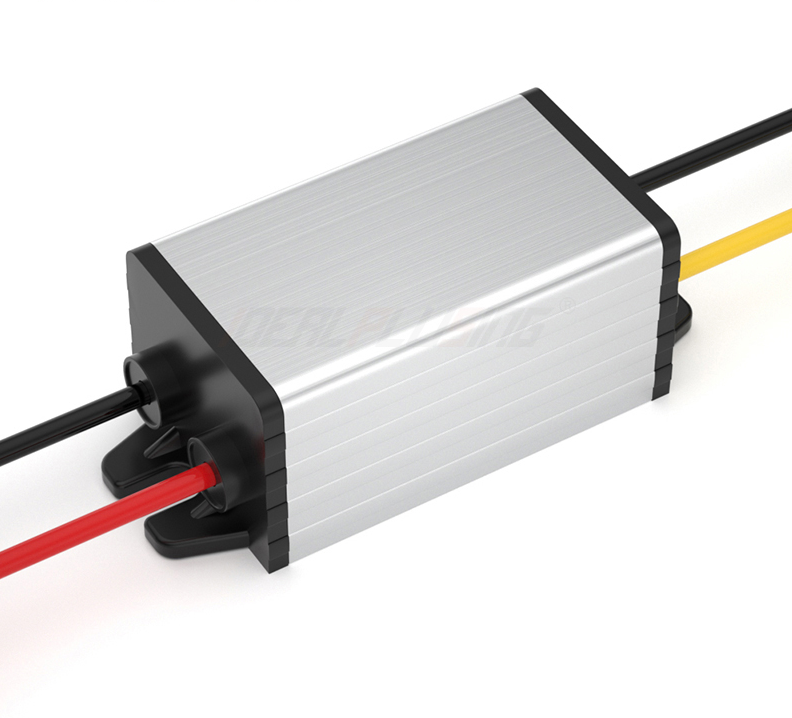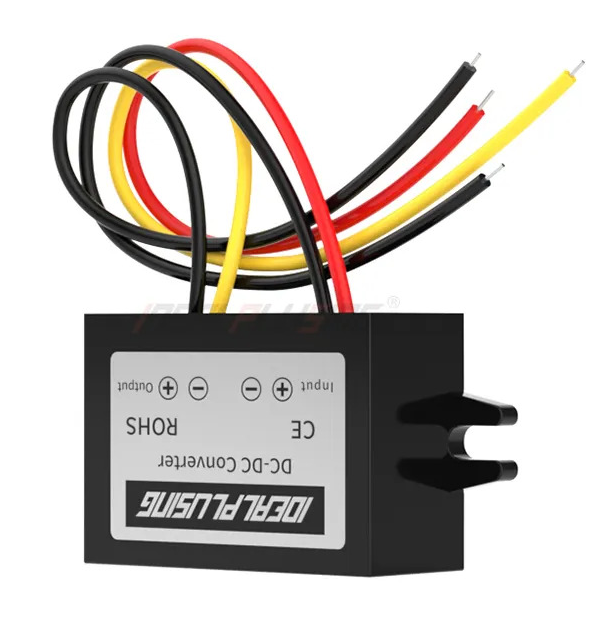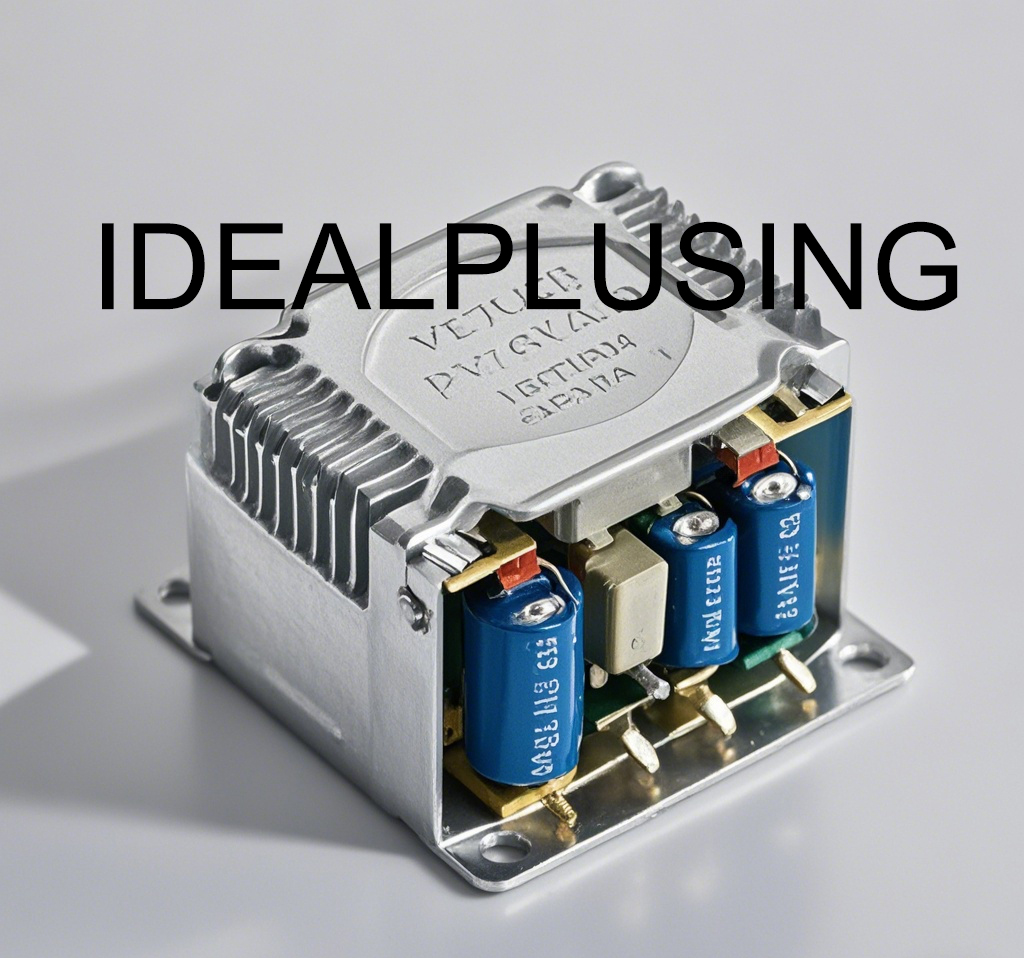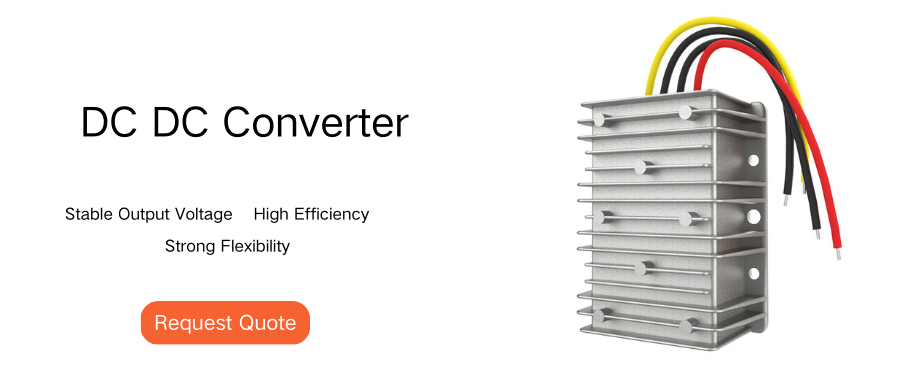A DC converter is a power supply device used to convert input DC voltage into output DC voltage. It is widely used in the field of power electronics, such as electric vehicles, renewable energy systems, communication equipment, etc. Mastering its wiring principle is crucial for the safe and effective use of DC converters. This article will give an overview of the basic working principle, main wiring method and wiring precautions of the DC converter.
1. Basic working principle of DC converter
The basic function of the DC converter is to convert a DC power supply of a certain voltage into a DC power supply of another voltage value. Common types are:
Boost converter: increase the input voltage to a higher output voltage.
Buck converter: reduce the input voltage to a lower output voltage.
Boost-boost converter: can increase or decrease the input voltage and adjust the output voltage as needed.

2. Wiring method of DC converter
The wiring of the DC converter mainly includes the input terminal, output terminal and ground terminal. The specific wiring method is as follows:
Input terminal
Positive pole (Vin+): connected to the positive pole of the DC power supply.
Negative pole (Vin-): connected to the negative pole of the DC power supply, usually grounded (GND).
Output terminal
Positive pole (Vout+): connected to the positive end of the load.
Negative pole (Vout-): connected to the negative end of the load, usually grounded (GND).
Ground terminal
Ground wire (GND): common ground for all devices to ensure the stability and safety of the system.

3.Wiring precautions
When wiring the DC converter, pay attention to the following points:
Ensure the input voltage: Confirm that the input voltage meets the specifications of the converter to avoid damage to the equipment.
Correct polarity: Reverse connection of the positive and negative inputs may cause damage to the module, so be sure to check the correctness of the connection.
Firm wiring: Ensure that all connection points are firm to avoid poor contact during operation.
Heat dissipation management: According to the rated power, ensure that the converter has sufficient heat dissipation measures to prevent overheating.
Current limitation: Ensure that the connected load does not exceed the maximum output current of the converter.

In summary, although the wiring principle of the DC converter seems simple, its application in electronic equipment is crucial. Correctly understanding and mastering its wiring principles and precautions can ensure the safe and efficient operation of the equipment. When performing specific applications, it is recommended to refer to the product manual and pay attention to the specifications to ensure good wiring and working conditions.
Ideaplusing is a professional company dedicated to providing high-quality and high-performance products to our customers. Whether you are a wireless communication enthusiast, or an electronic equipment manufacturer, we can meet your needs.
As a professional electronic component company, ideaplusing provides a wide range of product lines, welcome to contact us.







